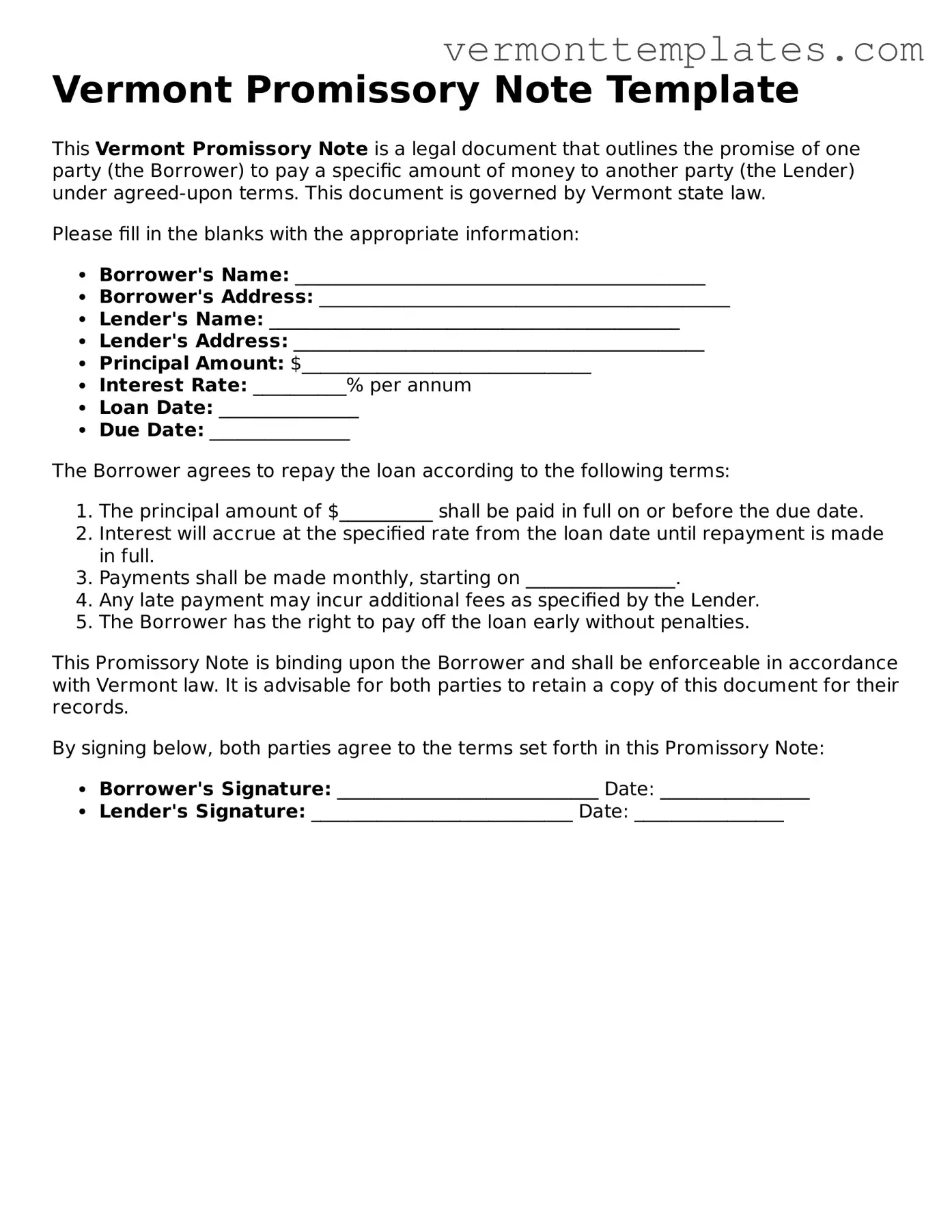A loan agreement is a formal contract between a borrower and a lender. Like a promissory note, it outlines the terms of a loan, including the amount borrowed, interest rates, and repayment schedule. However, a loan agreement is generally more comprehensive, often including additional clauses that address collateral, default conditions, and other legal obligations. Both documents serve to protect the interests of the lender while ensuring the borrower understands their responsibilities.
A mortgage is another document that shares similarities with a promissory note. It is used when borrowing money to purchase real estate. The promissory note represents the borrower's promise to repay the loan, while the mortgage secures the loan with the property itself. If the borrower defaults, the lender can take possession of the property through foreclosure. This dual structure provides security for the lender and clarity for the borrower.
A security agreement is similar in that it creates a secured transaction. This document outlines how a borrower can offer collateral to secure a loan. Like a promissory note, it specifies the terms of repayment and the consequences of default. However, a security agreement focuses on the collateral itself, detailing what happens to it if the borrower fails to meet their obligations. Together, these documents provide a clear framework for both parties.
An installment agreement is another related document. This type of agreement lays out a plan for repaying a debt in regular installments over time. Similar to a promissory note, it defines the amount owed, payment frequency, and interest rates. The key difference lies in the structure of repayment; installment agreements typically involve multiple payments, while a promissory note may allow for a lump-sum payment at the end of the term.
A personal guarantee is a document that can accompany a promissory note, especially in business transactions. This guarantee is a promise made by an individual to repay a loan if the primary borrower defaults. While a promissory note binds the borrower, a personal guarantee provides additional security for the lender, ensuring that someone with personal assets is accountable for the debt.
When dealing with transactions such as the sale of an RV, it’s essential to utilize a proper documentation process to ensure clarity and legality. One important document in this context is the Texas RV Bill of Sale form, which not only confirms the sale but helps in the official transfer of ownership and title registration. For more details on this process, you can refer to TopTemplates.info.
A lease agreement shares similarities with a promissory note when it comes to rental payments. Both documents outline the terms of payment, including amounts and due dates. A lease agreement, however, is specifically for renting property and includes terms about the duration of the lease, responsibilities of both parties, and conditions for termination. In essence, both documents create a financial obligation between parties.
A deed of trust is closely related to a promissory note, particularly in real estate transactions. It involves three parties: the borrower, the lender, and a trustee. The borrower signs a promissory note to repay the loan, while the deed of trust secures that loan with the property. If the borrower defaults, the trustee has the authority to sell the property to satisfy the debt, similar to the mortgage process.
A credit agreement is another document that bears resemblance to a promissory note. It outlines the terms under which a borrower can access credit from a lender. This agreement typically includes details about interest rates, repayment terms, and fees. While a promissory note is a promise to repay a specific loan, a credit agreement can provide access to a revolving line of credit, offering more flexibility for the borrower.
An acknowledgment of debt is a simpler document that serves to confirm that a debt exists. Like a promissory note, it outlines the amount owed and may include terms of repayment. However, it often lacks the detailed provisions found in a promissory note. This document can serve as a useful tool for both parties, providing a written record of the debt without the complexity of a full loan agreement.
Finally, a forbearance agreement may also resemble a promissory note in its purpose of addressing a debt. This document is used when a lender agrees to temporarily postpone or reduce payments due to the borrower's financial hardship. It outlines the new terms and conditions for repayment, ensuring both parties are clear about their obligations during the forbearance period. While it modifies the original loan terms, it still maintains the fundamental promise to repay the debt.
